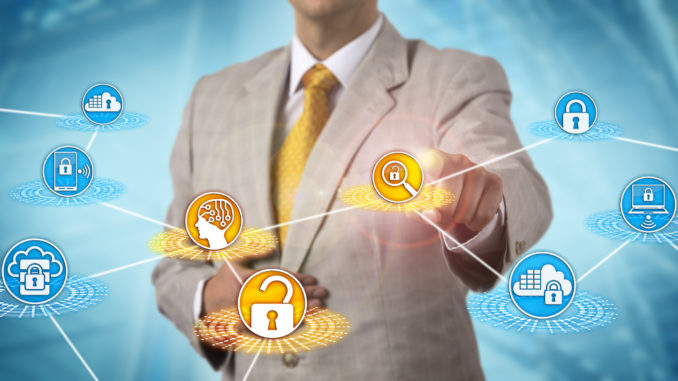
The pandemic has arguably done more to accelerate digital transformation than any government initiative or industry drive ever could, prompting a shift towards remote working and cloud migration for many organisations.
But whilst this has indisputable benefits from an operations perspective, remote working leaves a business more at risk to security threats. Following the initial lockdown, two in five UK companies reported security breaches.
In many ways, it’s hardly surprising. Most employees will have a far less restrictive home set up than their usual office environment, which poses a threat to customer data and financial information. Having staff accessing files and software from multiple locations, networks, and devices, also presents challenges.
This time last year, focus and conversation were very much still on productivity and efficiency, making sure employees were able to do their jobs effectively from home. The priority now needs to turn towards security, and a big part of that is getting a better view of your organisation’s software use.
Why is software asset management the answer?
Software asset management (SAM), is so much more than simply managing compliance. It can, and should, be used as a key tool in the fight against cybercrime.
You can’t protect against what you’re not aware of, so the first step is to gain full visibility of your entire IT estate. Software asset management oversees every aspect of your company’s software usage, from deployment to end of life, enabling you to view all licenses and how they’re being used, by whom and when.
The right SAM tools also enable your IT teams to establish that all products are kept up to date, and that any necessary patches have been successfully installed. This plays a key part in ensuring any vulnerabilities that could impact your business are removed promptly.
The most common challenges and how to stay on top of them
With workforces spread across various locations, and hybrid working models becoming more popular, there are a few key areas to be aware of when it comes to monitoring software use:
Using outdated software or not updating software
Using outdated software, or not updating it when prompted, may not seem like a cause for alarm, but it poses substantial risks, making you a target for cyber criminals. Software vendors are continually fixing vulnerabilities and adding patches, so it’s important to take advantage of this. Failure to do so, leaves you exposed to security flaws. On top of this, remote working means it’s likely a number of your staff won’t be on the same centralised system for updating anti-virus software anymore.
Adding software indiscriminately
Staying alert to rogue installations or unregulated IT resources (this could be anything from illegal downloads, to online purchases from an unknown vendor) is a crucial step in keeping on top of software misuse and combating cybersecurity risks. Of course, this is much more difficult when your employees are no longer physically together in one building, which is where SAM becomes even more important, allowing you to track software use and behaviour across multiple locations and devices.
Sharing removable media
Another common issue to be aware of, is the use of removable media. If inappropriate software is shared from machine to machine, it can compromise assets, open breaches, or cause similar problems.
Adapting your company culture to recognise the importance of SAM
Many of the above behaviours are simply the result of not knowing any better. Outside of IT, many of your workforce may be unaware of the dangers (or at least the severity), of something as seemingly harmless as delaying an update. To incite change, and alleviate this risk, better education is needed.
Raising awareness of the link between remote working, correct software usage, and cybersecurity should be high on the agenda, and to ensure meaningful changes, it’s something that needs to become part of your culture, and one that needs input from different departments, involving team leaders across all areas of the business.
——-
Sean Robinson is Solutions Director at License Dashboard, who specialise in Software Asset Management and licensing expertise for large and fast-growing organisations
